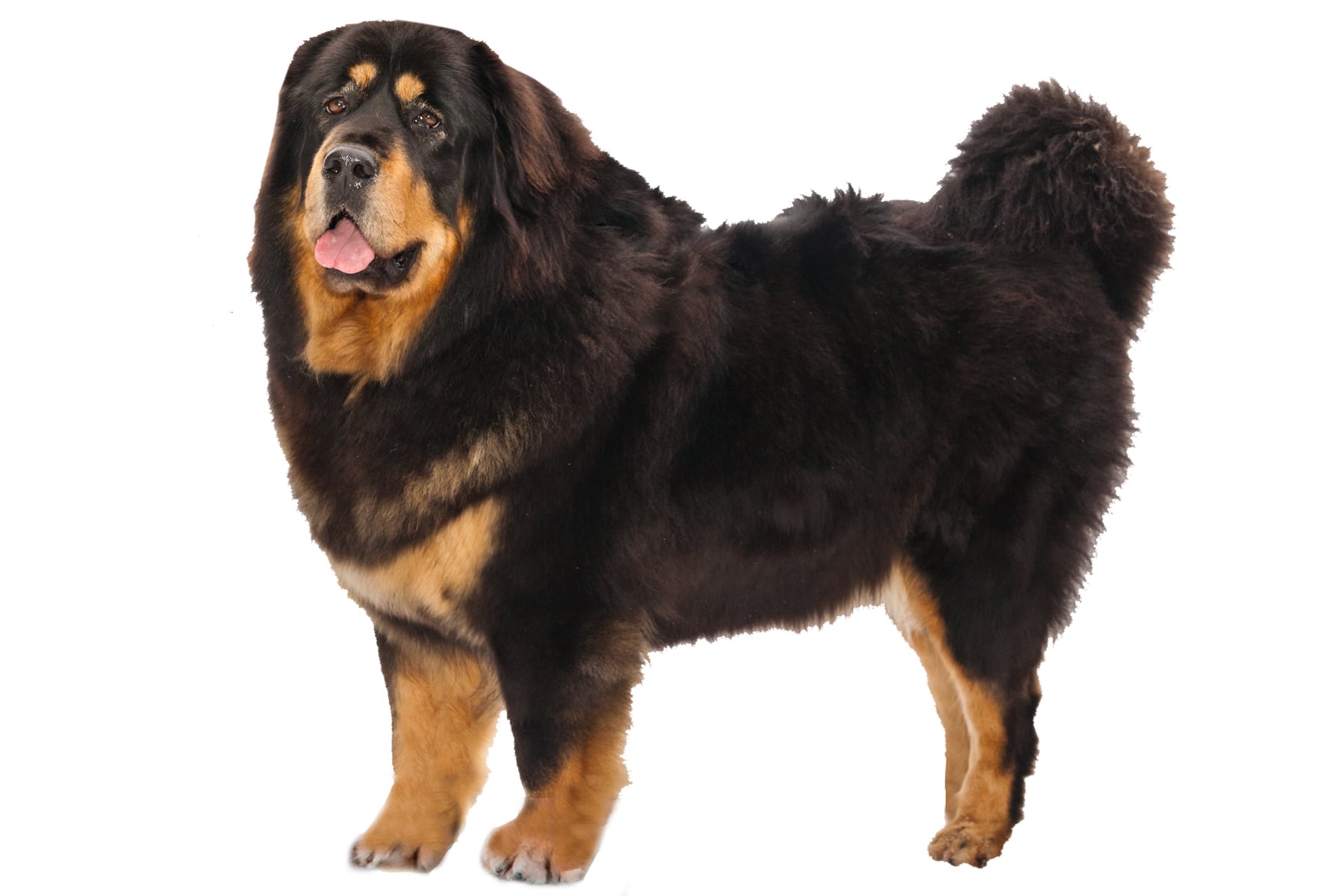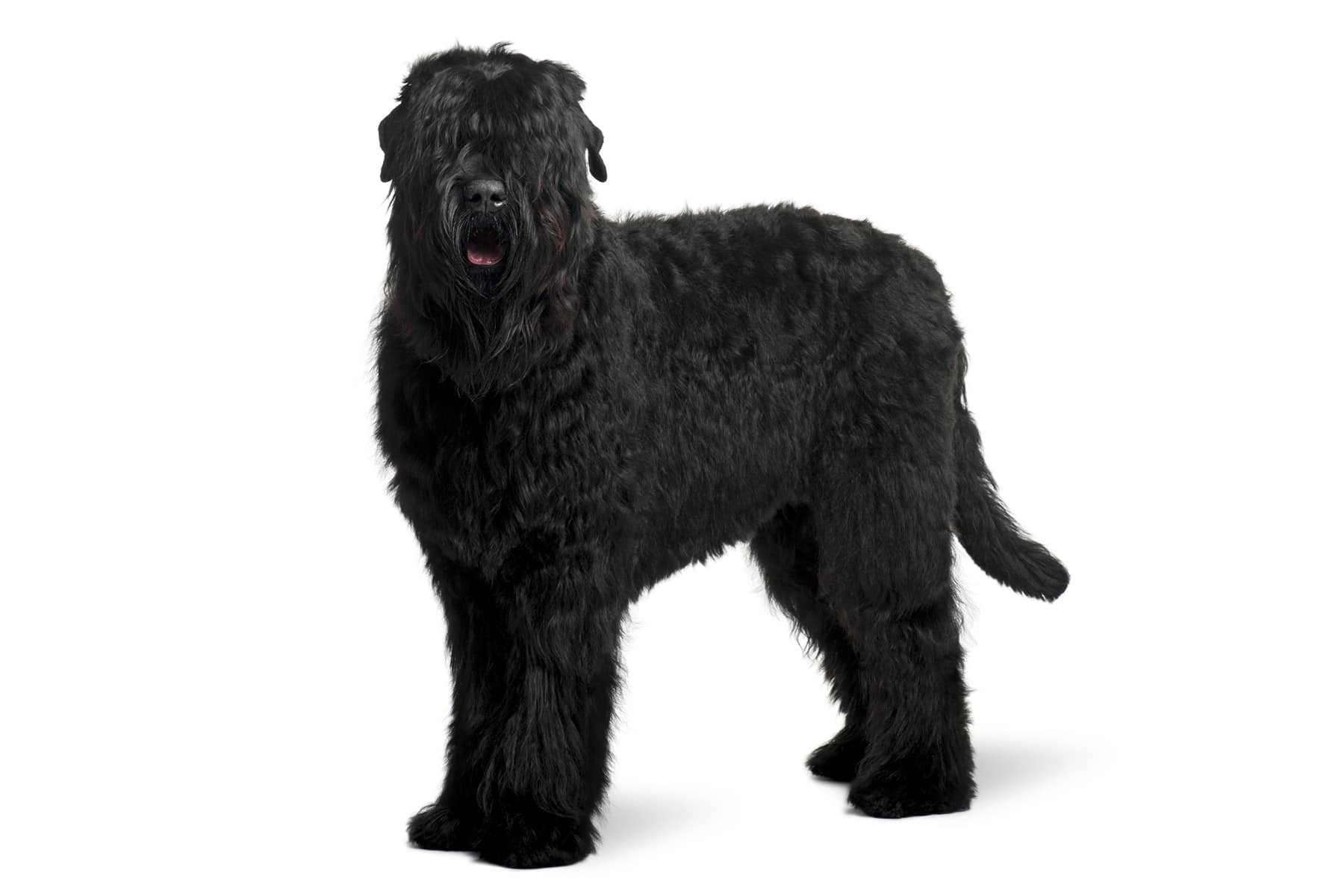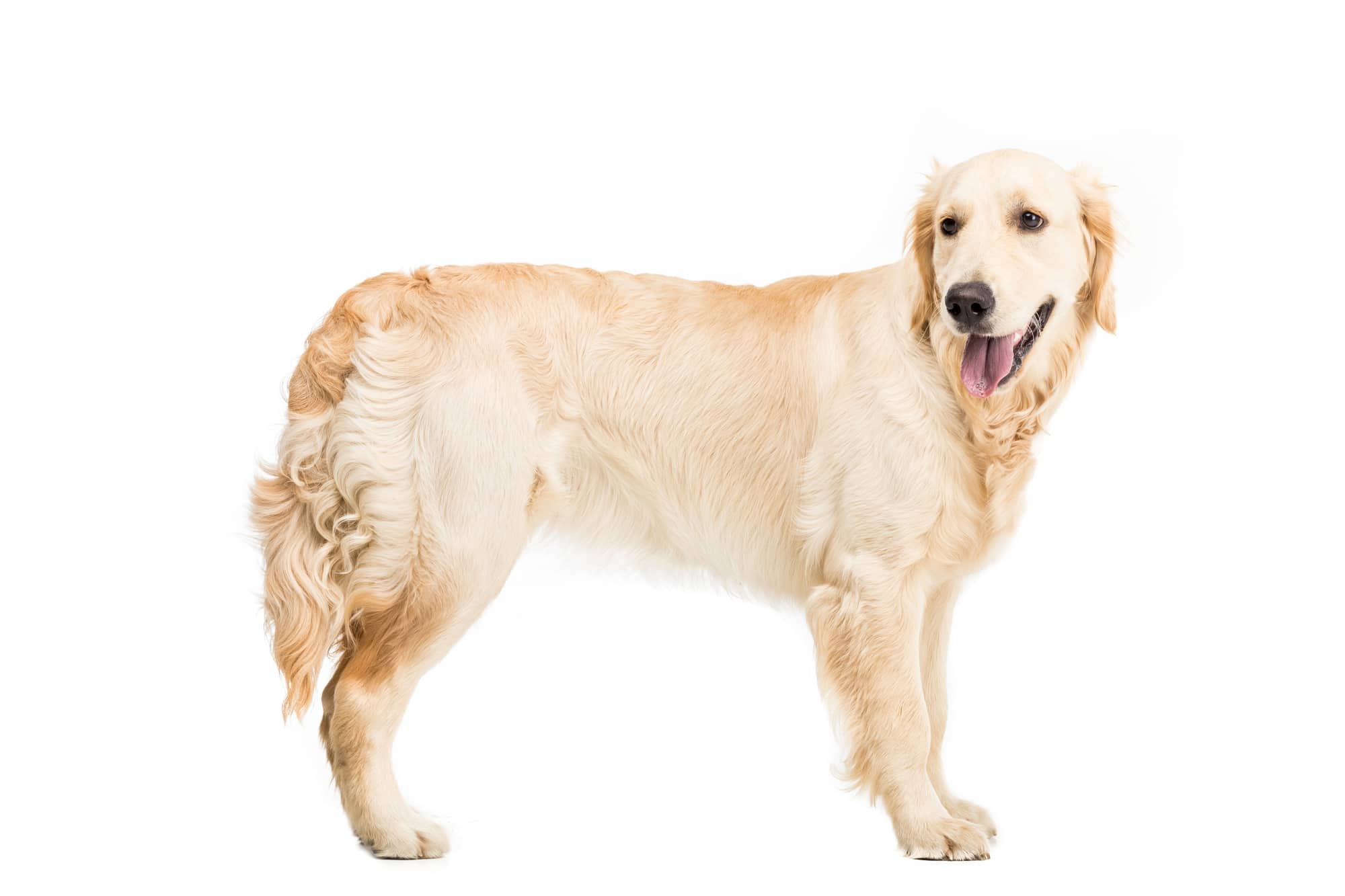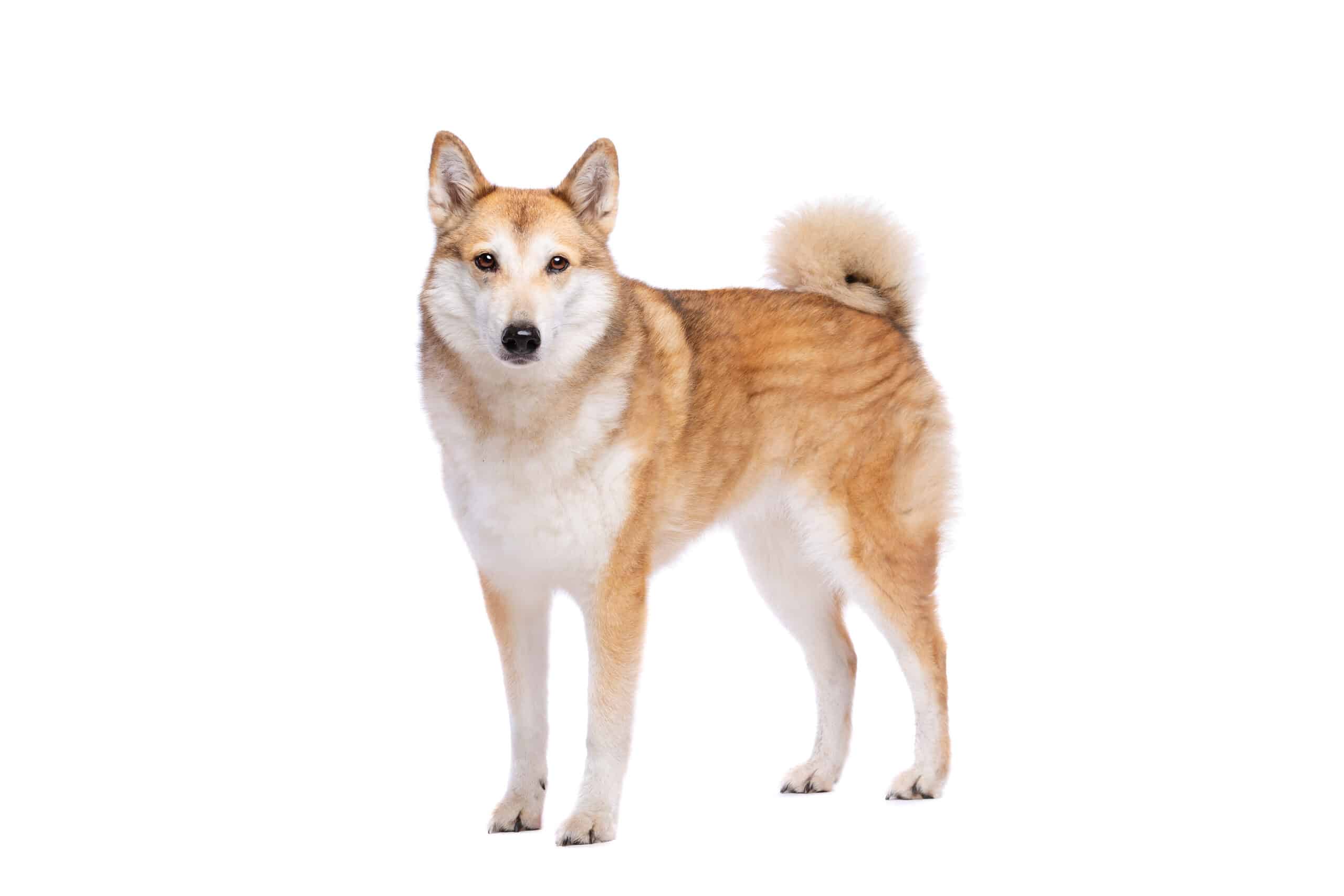Basset Hound
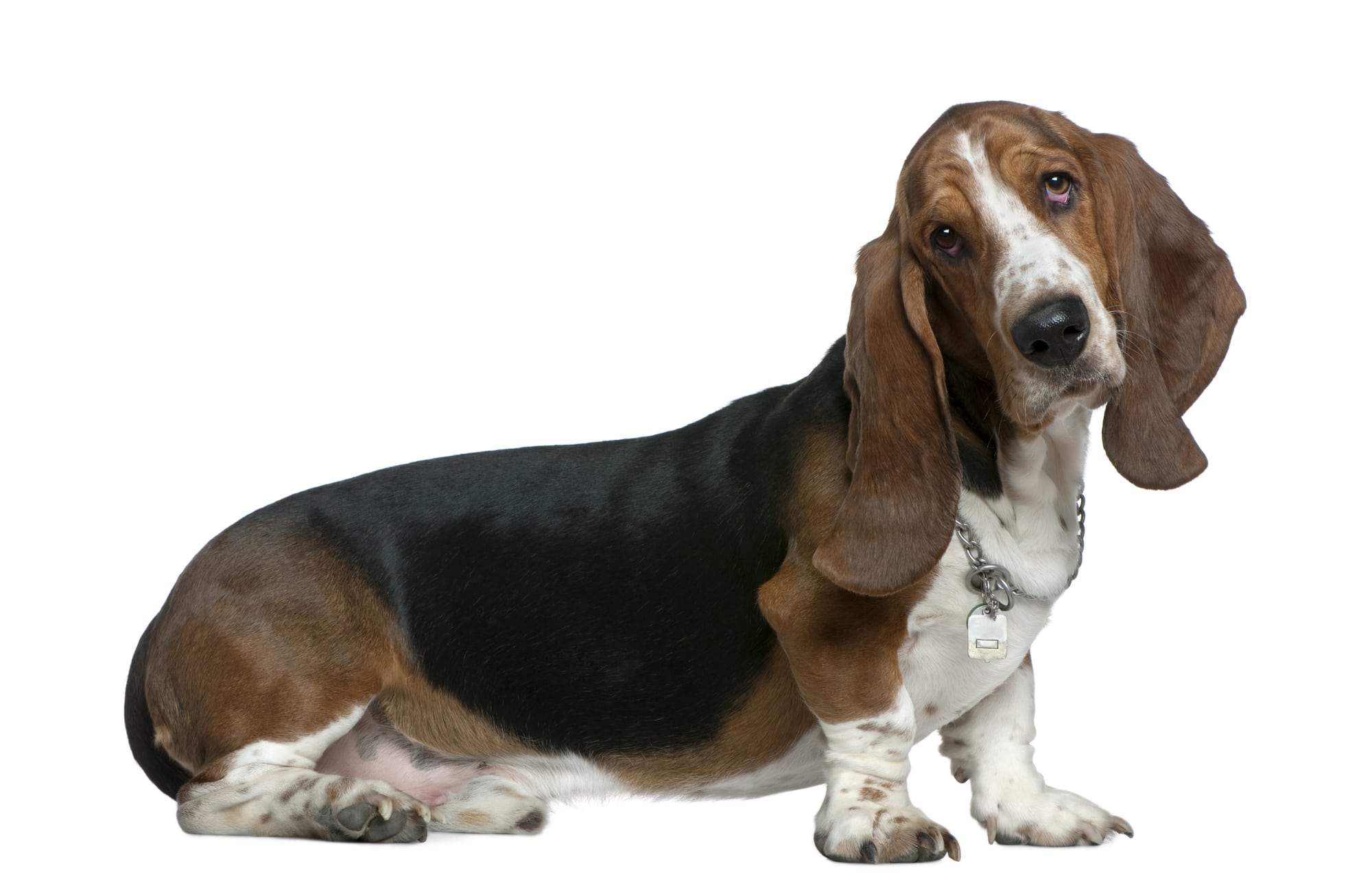
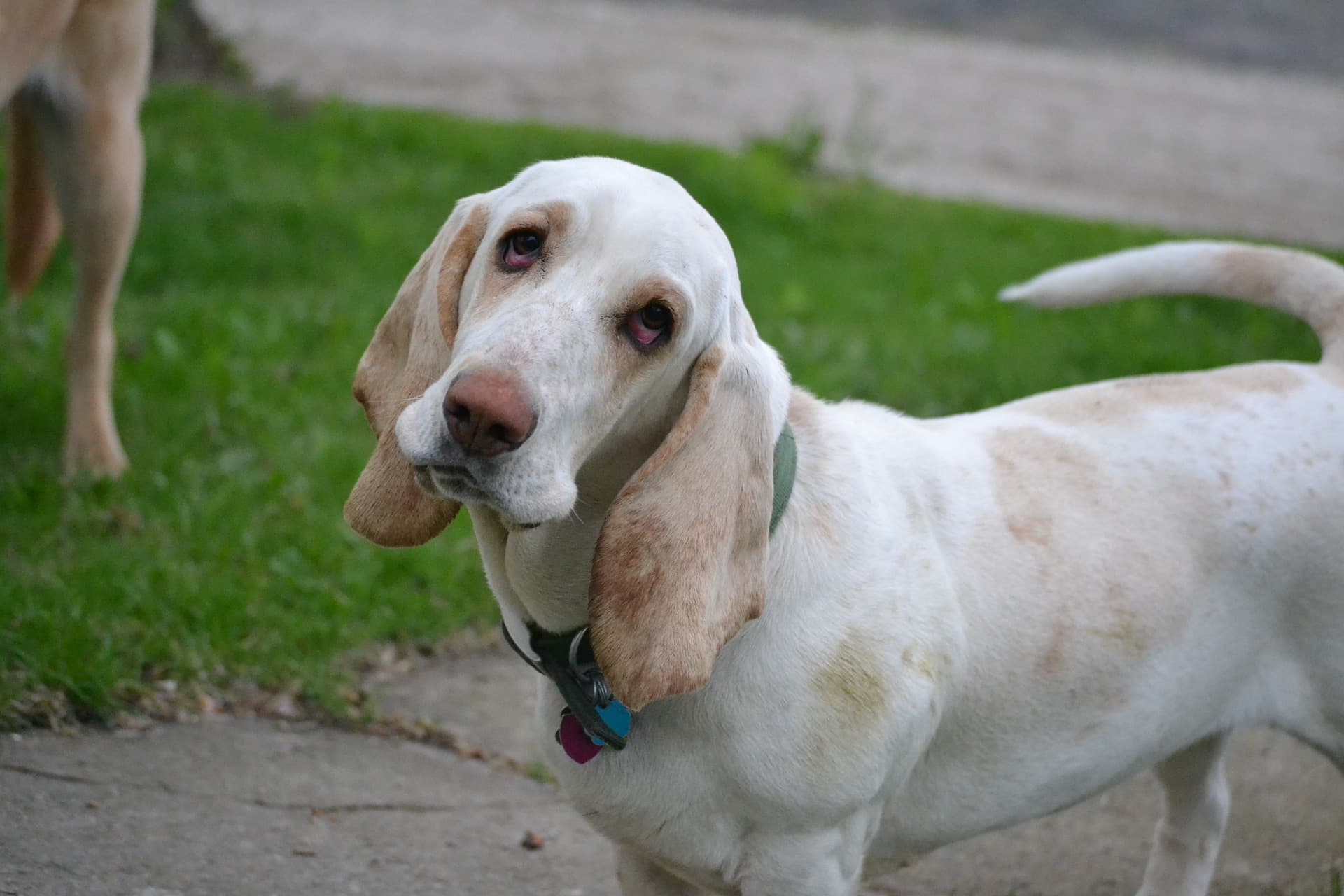
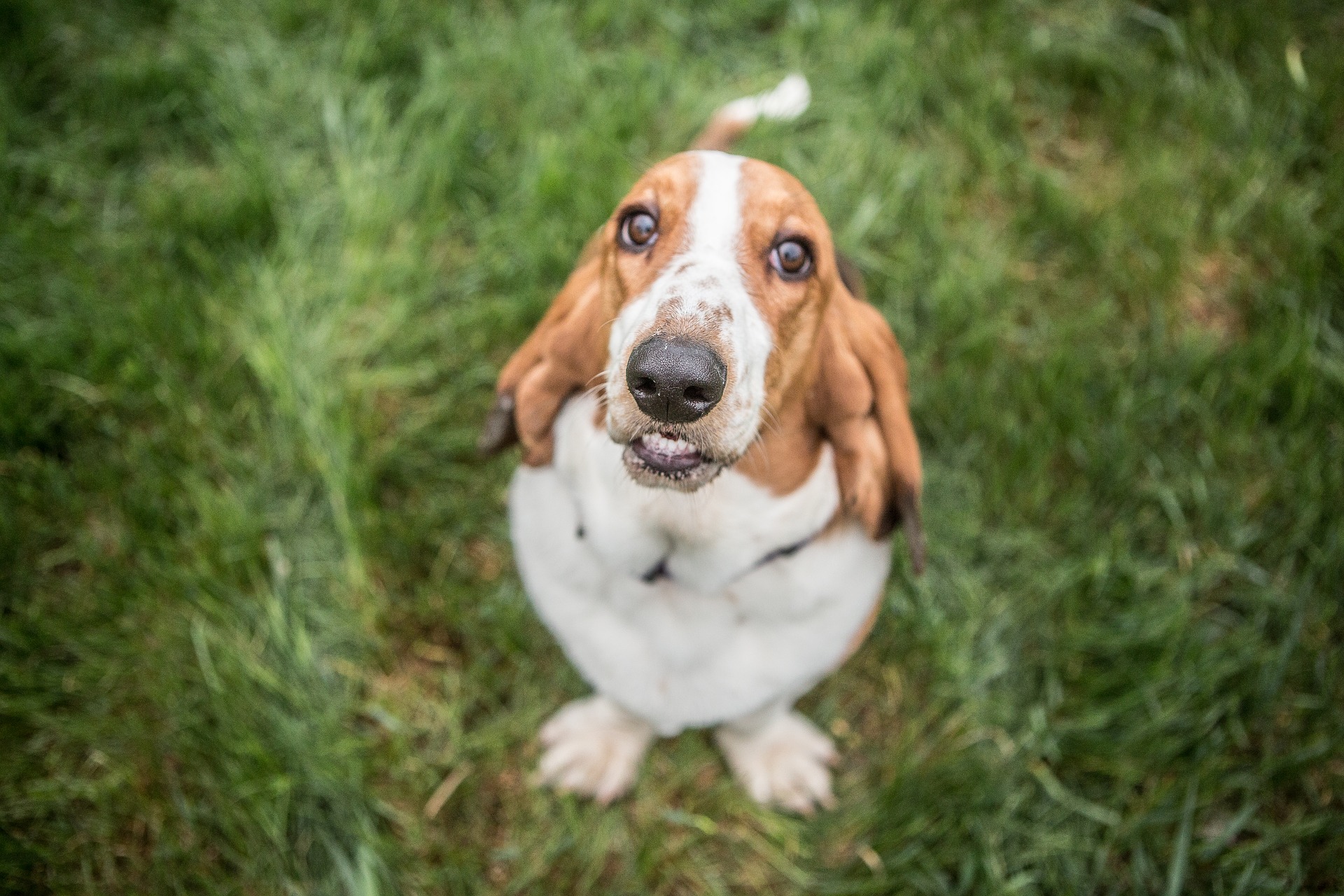
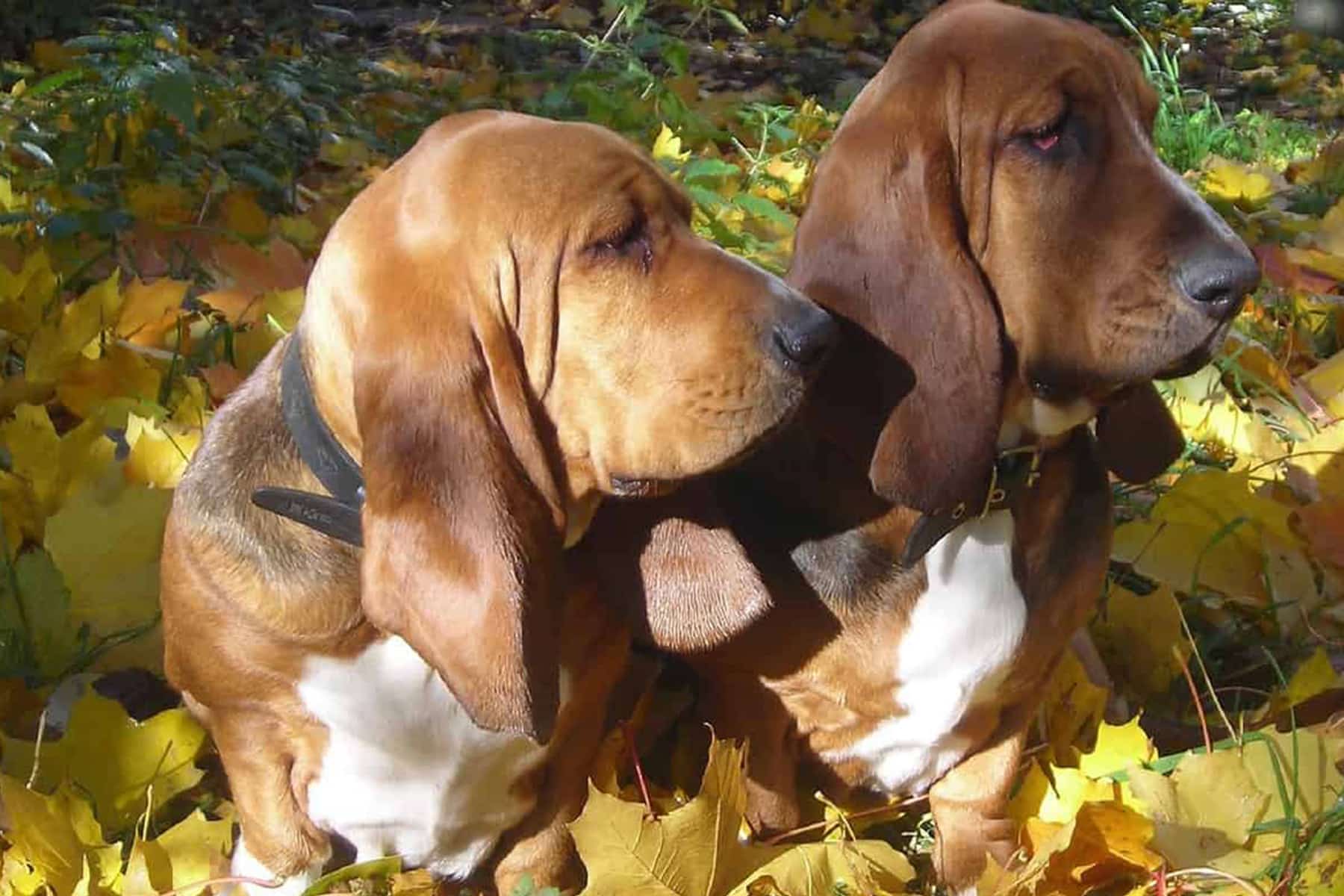
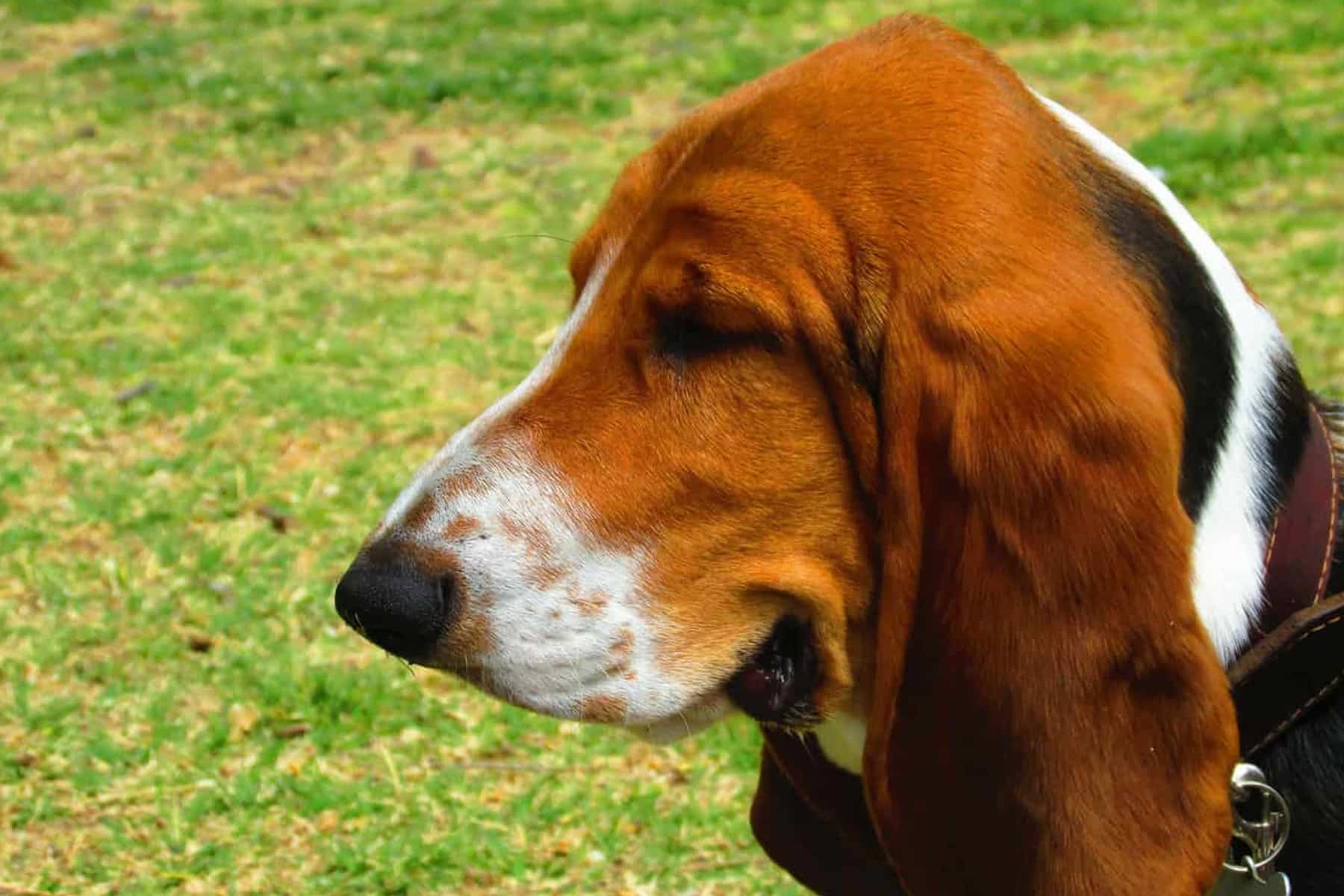
Temperament:
The Basset Hound - a detective on four paws! The nose is an important organ for the Basset Hound. They use it to detect numerous odors, which send them on a meticulous search for clues during their daily walks. His ancestors already had this gift. The four-legged friend is recognized by the FCI as a pedigree dog and belongs to the group of sighthounds.
Characteristics
The Basset Hound has a domed skull with a harmoniously pronounced stop. The bridge of the nose runs almost parallel to the line of the skull. The loose-fitting scalp forms visible wrinkles on the forehead and cheeks.
The four-legged friends of this breed have so-called floppy ears. These sometimes reach over the tip of the muzzle. Their dark, diamond-shaped eyes give them a serious look. Nevertheless, they radiate calm and composure.
Bassets have a short, dense coat in various shades of color. The solid body rests on short, strong forelegs. The hind legs are strongly muscled.
The Basset Hound has an elongated body with a disproportionately low belly, ears and eyelids. A very funny sight! But don't let this fool you. This funny little fellow often turns out to be a real powerhouse. This is also reflected in its character.
He loves the pack, the hustle and bustle around him. Wagging his tail, he greets every guest at the door before sniffing them curiously. The four-legged friend is therefore out of the question as a guard dog. The good-natured Basset Hound can't bite anyone anyway. But its deep bark is all the more frightening. So brazen thieves hardly stand a chance.
The little flea is a popular family and companion dog. Its calm and good-natured nature also makes it suitable for sensitive children. Dogs sense that little ones are in need of help and instinctively slip into the role of protector.
Although the Basset Hound shows little speed, it is highly sought after as a hunting dog. Here it has excellent qualities as a gun dog. Especially when hunting hare, it is able to track small game over long periods of time.
On extended walks, on the other hand, he sniffs at every nook and cranny. Owners should take this into account! Even wild growth and dense undergrowth in parks or wooded areas are no obstacle to his desire to hunt. Once his sense of smell has picked up the scent, the little thick skull switches off and follows the scent. Too bad for the owner!
Even today, representatives of this dog breed still have a particular stubbornness. This character trait is difficult to suppress. With a lot of patience, praise and by using the play instinct, it is sometimes possible to limit this behavior. Dog training schools offer professional help here. In addition to training, they provide further important tips for practical implementation in everyday life.
These funny dogs are often found in different living conditions. In the early years, this is not a problem for the four-legged friends. Later on, however, Bello's short legs make it impossible for him to climb stairs up to the third or fourth floor. Without an elevator, this is almost impossible for him! A ground-floor apartment or a house with a garden are best suited for your pet.
They have a robust immune system. Due to their physique, typical diseases can also occur in these four-legged friends. These include eye diseases in the form of conjunctivitis or drooping eyelids. Floppy ears are also a common problem. They cover the ear canals and block the air supply. Chronic ear infections are then inevitable!
In winter, little Seppl faces further dangers that are extremely unpleasant. The short legs can lead to frostbite on the scrotum and foreskin. A visit to the vet is strongly recommended!
Coat care:
Shedding:
Energy level:
Trainability:
Children suitable:
The right food
The Basset Hound's diet should always be varied. In addition to offal and meat, vegetables and fruit should only be fed in pureed form.
Occasionally it may also be a treat. However, feeding must be done with care. The Basset Hound tends to be overweight.
For some four-legged friends of this breed, even the search for food is a feast for the eyes. The small piece of sausage in front of the snack store is easily overlooked on a walk. As soon as the dog's owner has passed it by, the crook runs back and grabs the morsel. The greed is just too great!
Health & Care
Grooming this dog breed takes very little time. It is sufficient to brush the basset regularly. On the one hand, this removes dead hair and dirt. On the other hand, it prevents unnecessary matting. During shedding, you can also run a rubber glove over the body. The loose hair will stick to it.
By the way: four-legged friends love being brushed. It's like an extensive massage that calms both humans and animals.
The sensitive eyes and ears also need to be checked regularly! Not to forget the care of the claws. These should always be kept short.
Suitable accessories
Well equipped for a winter walk? Although the Basset Hound has a thick coat, it "lies" close to the ground. This means they freeze much faster than larger dog breeds.
A dog jacket with underbody protection allows your little guy to survive even longer winter walks unscathed. Safely wrapped up like this, he can chase after the snowflakes and sniff at the white splendor.
However, always make sure that your dog does not freeze. A brief shiver is not a problem. However, prolonged shivering is a sign to go home immediately. Please also be considerate of old, sick and young animals! Walks should be much shorter for them. In this case, it may be one more short walk per day.

Origin & History
Due to the turbulent history of its origins, there are different traditions. The fact is that the origins of the four-legged Mini lie in early medieval France. The Basset d'Artois and the Basset Artésien Normand are considered to be its direct ancestors.
The four-legged friends arrived in Great Britain in the middle of the 19th century. There, a veritable run on the breed began. In 1892, the breeders crossed in a bloodhound. This refined the dog's sense of smell enormously. In addition to Great Britain and the USA, the Basset Hound spread throughout the world.
It was not until 1957 that the first officially recognized registration took place in Germany. Since then, the Basset Hound has also enjoyed great popularity in this country.
